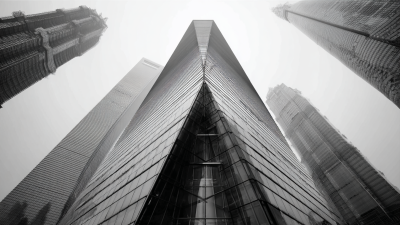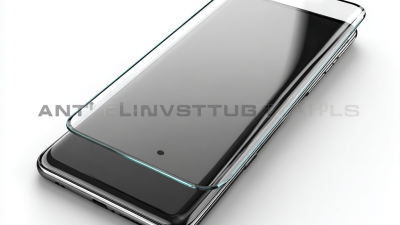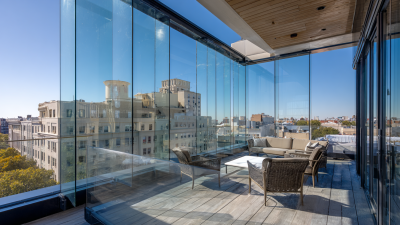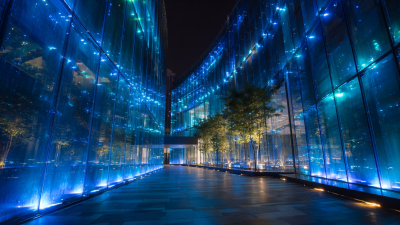
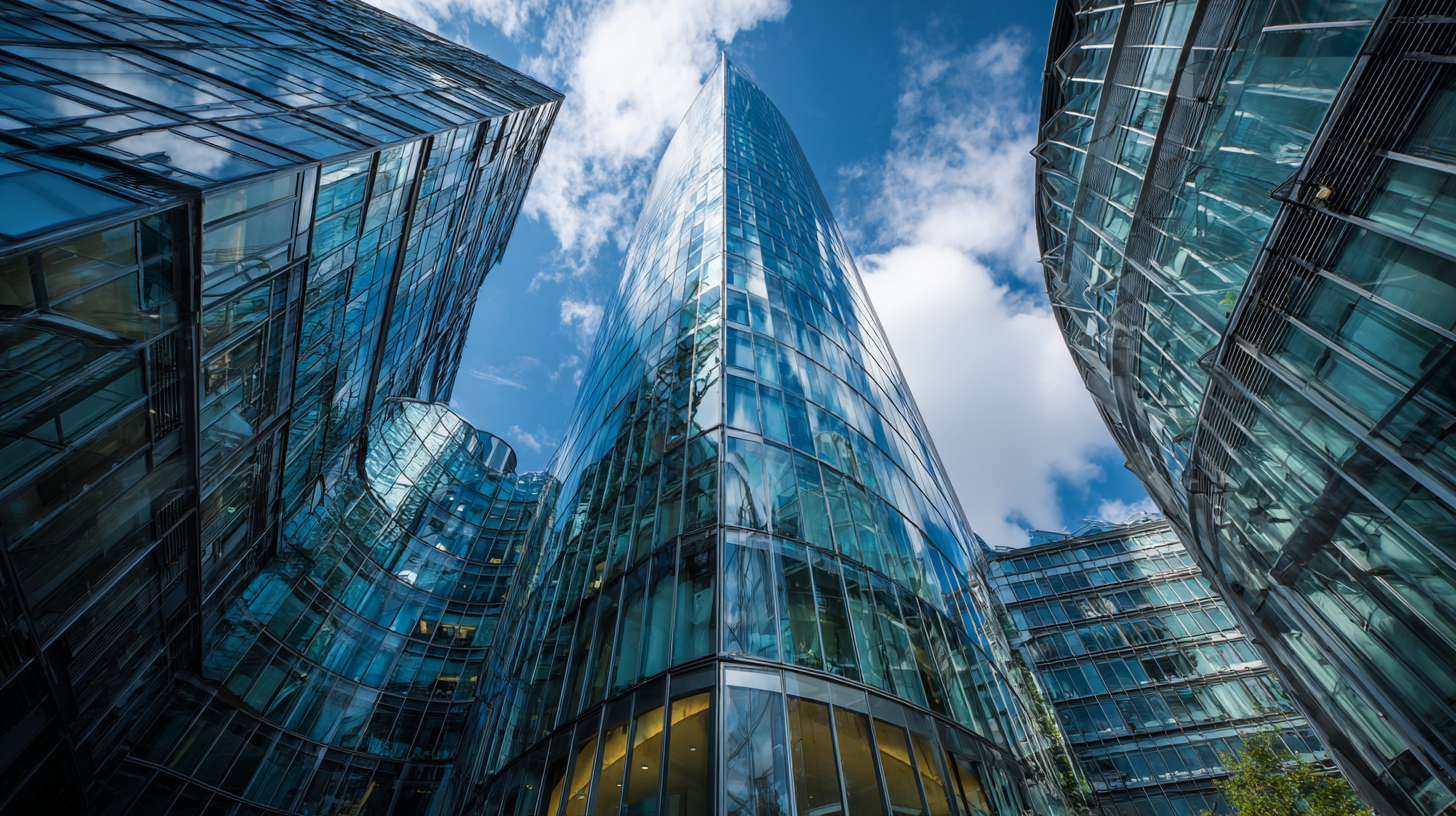 In the ever-evolving landscape of modern construction, the adoption of
Architectural Glass has emerged as
a pivotal trend, shaping both aesthetics and functionality. According to a
recent industry report by Smithers Pira, the global market for
architectural glass is projected to reach $140 billion by
2026, reflecting a compound annual growth rate (CAGR) of 5.3%. This
surge can be attributed to the growing demand for
energy-efficient building materials, as
Architectural Glass offers superior insulation properties that significantly
reduce energy consumption. Furthermore, it enhances visual appeal, allowing
for innovative designs that facilitate natural light while maintaining
structural integrity. As urbanization accelerates, incorporating Architectural
Glass into construction projects is not just a design choice but a strategic
move towards sustainability and modernity, making it an essential consideration
for architects and builders aiming to stay ahead in a competitive market.
In the ever-evolving landscape of modern construction, the adoption of
Architectural Glass has emerged as
a pivotal trend, shaping both aesthetics and functionality. According to a
recent industry report by Smithers Pira, the global market for
architectural glass is projected to reach $140 billion by
2026, reflecting a compound annual growth rate (CAGR) of 5.3%. This
surge can be attributed to the growing demand for
energy-efficient building materials, as
Architectural Glass offers superior insulation properties that significantly
reduce energy consumption. Furthermore, it enhances visual appeal, allowing
for innovative designs that facilitate natural light while maintaining
structural integrity. As urbanization accelerates, incorporating Architectural
Glass into construction projects is not just a design choice but a strategic
move towards sustainability and modernity, making it an essential consideration
for architects and builders aiming to stay ahead in a competitive market.
Architectural glass plays a pivotal role in enhancing the aesthetic appeal of modern buildings, creating striking visual impacts that reflect contemporary design trends. With its sleek, transparent properties, glass allows for the seamless integration of indoor and outdoor spaces. This connection not only beautifies structures but also promotes an inviting atmosphere, making buildings feel more open and accessible. As architects leverage various types of architectural glass, such as tinted, frosted, or reflective options, they create dynamic facades that shift in appearance depending on lighting and surroundings.
Moreover, the versatility of architectural glass enables innovative design possibilities. Large glass panels and curtain walls can offer uninterrupted views and flood interiors with natural light, enhancing the overall ambiance of the space. By incorporating glass elements into their designs, architects can experiment with shapes and forms that draw attention and admiration. Ultimately, architectural glass transforms modern constructions into works of art, adding an essential layer of elegance and sophistication that resonates with both functionality and beauty.
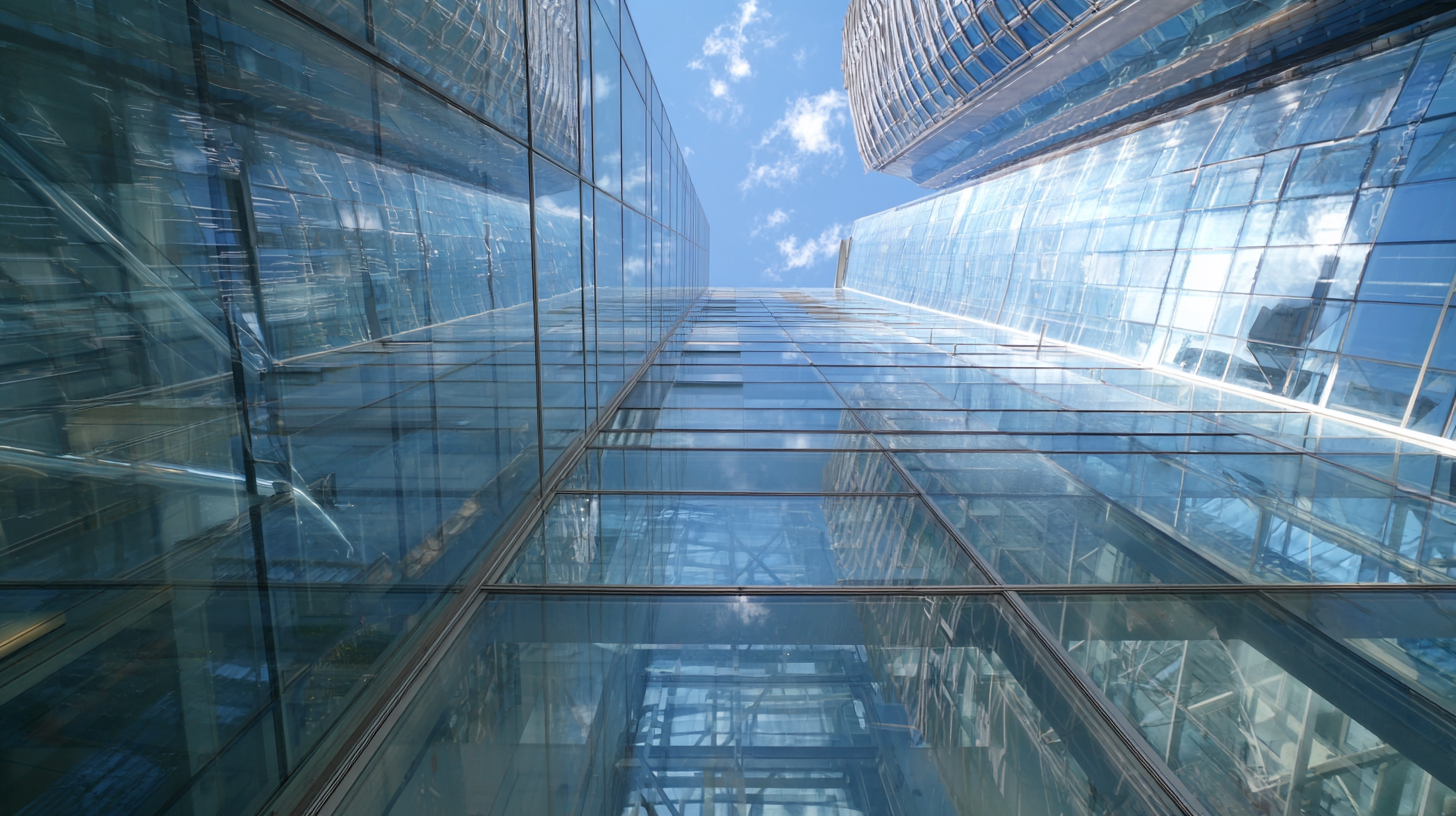
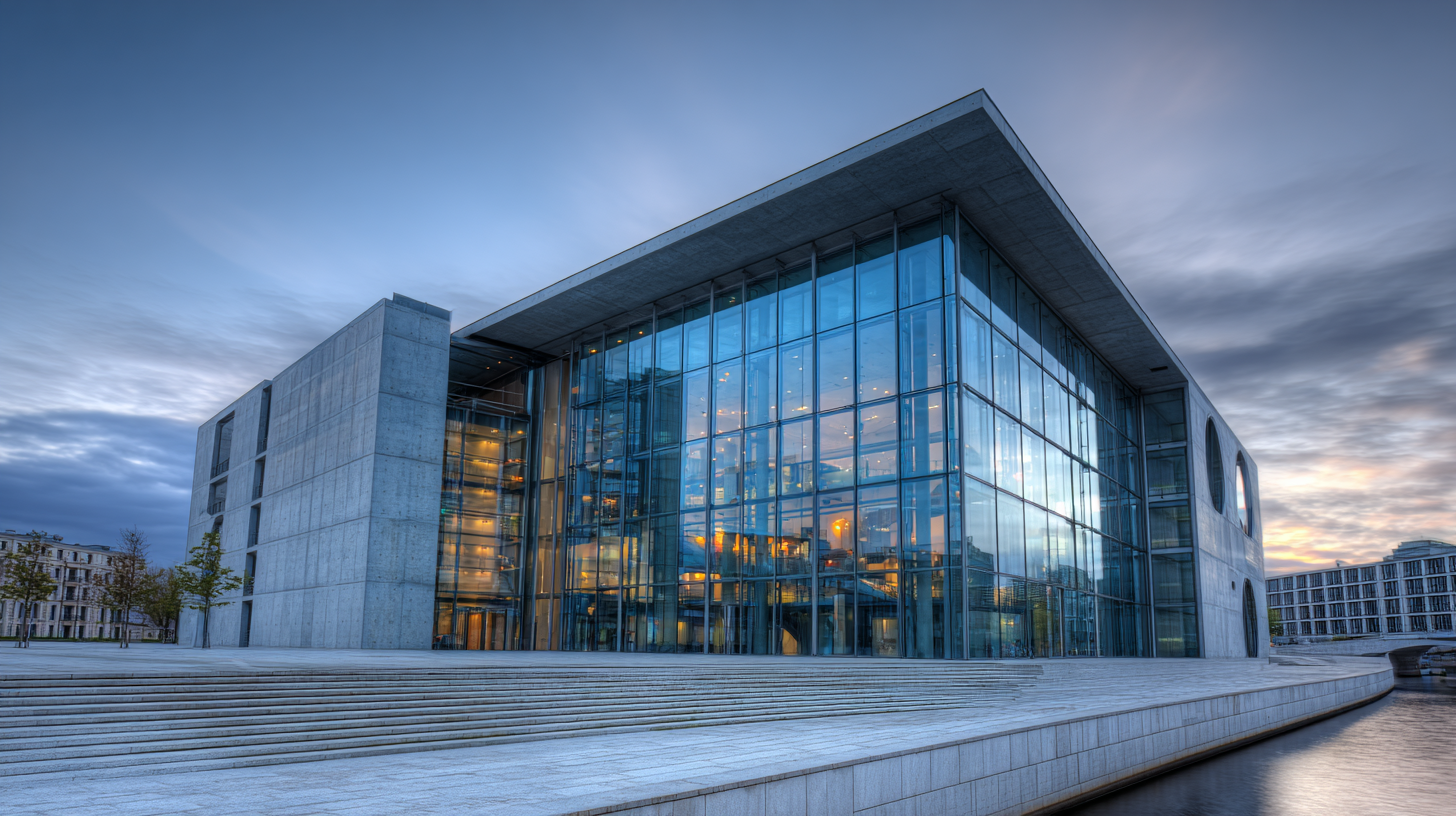 Architectural glass has become a cornerstone of modern construction, particularly in enhancing interior spaces through the maximization of natural light. By incorporating large windows, glass walls, and skylights, architects create environments that are not only aesthetically pleasing but also promote well-being. Natural light is known to improve mood, reduce stress, and enhance productivity, making it a crucial element in both residential and commercial designs.
Architectural glass has become a cornerstone of modern construction, particularly in enhancing interior spaces through the maximization of natural light. By incorporating large windows, glass walls, and skylights, architects create environments that are not only aesthetically pleasing but also promote well-being. Natural light is known to improve mood, reduce stress, and enhance productivity, making it a crucial element in both residential and commercial designs.
Moreover, architectural glass allows for seamless transitions between indoor and outdoor spaces, blurring the lines and connecting inhabitants with nature. This transparency fosters a sense of openness and can make smaller areas feel larger and more inviting. Additionally, the strategic placement of glass elements can optimize views, allowing occupants to appreciate their surroundings while benefiting from the daylighting effects. As building practices evolve, the role of architectural glass continues to expand, emphasizing its importance in creating lively, healthy, and efficient interiors.
Architectural glass plays a crucial role in enhancing energy efficiency in modern construction projects, aligning seamlessly with sustainable design principles. By utilizing advanced glazing technologies, these glass products can significantly reduce heat transfer, thereby maintaining comfortable interior temperatures while minimizing reliance on artificial heating and cooling systems. This not only lowers energy consumption but also contributes to lower utility costs for building occupants.
Moreover, architectural glass can incorporate special coatings and tints that enhance solar control, allowing natural light to permeate spaces while reducing glare and heat gain. This balance creates a more inviting atmosphere while also supporting the reduction of energy expenditure. As buildings strive to meet sustainability standards, the integration of eco-friendly architectural glass becomes an essential element for architects and builders looking to create energy-efficient structures that meet contemporary environmental demands.
Advances in architectural glass technology have significantly enhanced safety and security in modern construction projects. Today's architectural glass is engineered to meet rigorous standards, offering superior resistance to impacts and breakage. According to a report by the National Glass Association, tempered glass can be up to five times stronger than standard glass, making it an essential choice for buildings that prioritize safety. This strength not only helps in protecting the occupants but also reduces the risk of accidents caused by falling glass or shattering.
Moreover, the integration of laminated glass further elevates safety measures. This type of glass is composed of layers of glass and plastic interlayers, which hold the fragments together upon impact, minimizing the risk of injury. Research from the Glass Association indicates that buildings utilizing laminated glass experience a 70% reduction in injuries related to glass breakage. In addition, advancements in security glazing systems, including bullet-resistant glass variants, have made architectural glass a viable option for high-security facilities. These innovations not only adhere to safety regulations but also offer aesthetic appeal, allowing architects to design sleek and modern buildings without compromising on security.
Architectural glass has become a cornerstone of modern construction, offering a wide range of applications across various styles. From sleek skyscrapers to residential homes, its versatility enhances both aesthetic appeal and functionality. According to a report by the Glass Association of North America, architectural glass accounted for over 50% of the façade materials used in commercial buildings in 2022. This shift highlights the growing trend toward transparency and openness in architectural designs, allowing natural light to flood spaces and reduce energy consumption.
Incorporating architectural glass into construction projects can elevate design while improving energy efficiency. For instance, low-emissivity (Low-E) glass coatings can minimize heat transfer, making buildings more sustainable. Evidence from a study by the U.S. Department of Energy reveals that buildings with high-performance glazing can save up to 30% in energy costs compared to traditional materials.
**Tips:** When selecting architectural glass, consider the local climate and the specific energy performance ratings required for your project. Additionally, always consult with an experienced architect or contractor to ensure that the glass integrates seamlessly with the overall design and structural requirements. Furthermore, exploring innovative glass options, like self-cleaning or tinted varieties, can enhance the long-term maintenance and aesthetic of your building.
| Benefit | Description | Application |
|---|---|---|
| Aesthetic Appeal | Enhances visual attractiveness and allows for creative design elements. | Modern and contemporary buildings. |
| Natural Light | Maximizes daylight penetration, reducing dependence on artificial lighting. | Office buildings and residential areas. |
| Energy Efficiency | Improves thermal performance, contributing to energy savings. | Commercial spaces and green buildings. |
| Durability | Resistant to weather elements, ensuring a longer lifespan. | High-rise buildings and public structures. |
| Acoustic Performance | Provides sound insulation, enhancing comfort in noisy environments. | Office buildings in urban areas. |
| Safety & Security | Available in tempered and laminated options for increased safety. | Schools and hospitals. |
| Sustainability | Recyclable material contributing to green building initiatives. | Eco-friendly construction projects. |
